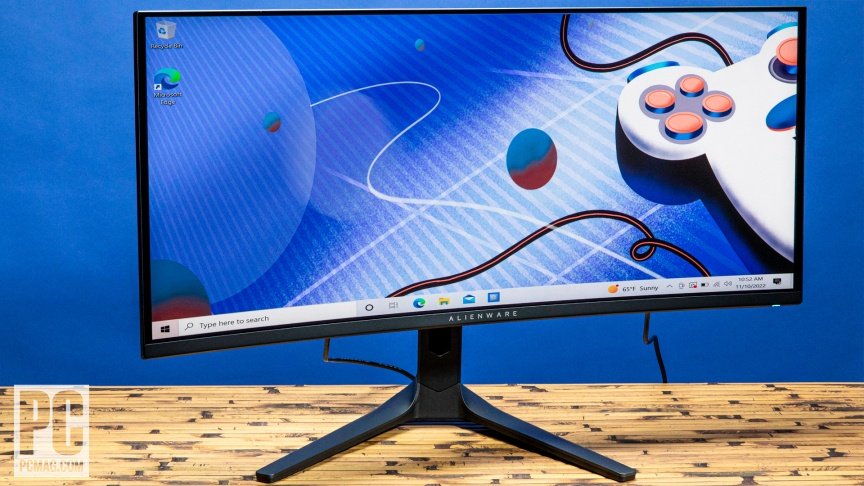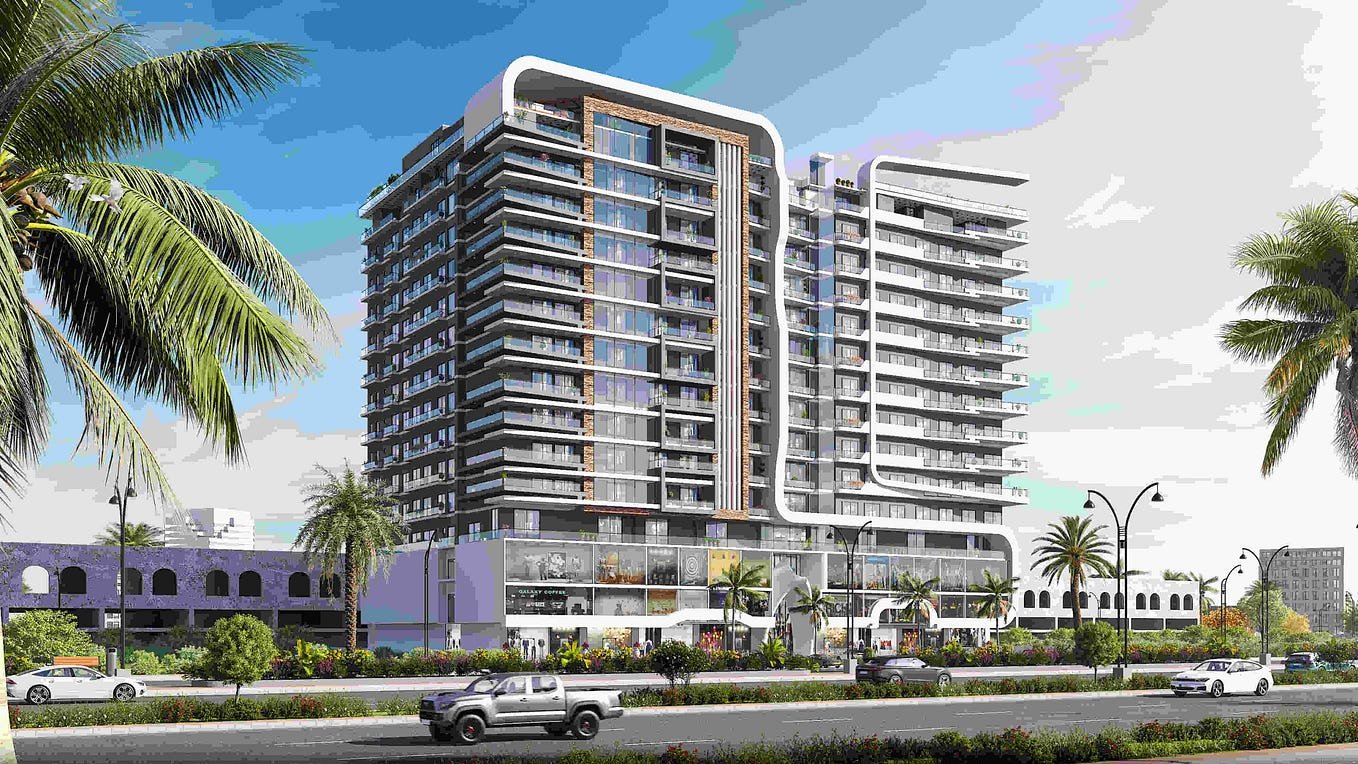
How to compress images for your website.
Here In this article “Complete Guide on How to compress images for your website.” To help webmasters and programmers create sites with the greatest possible image compression, we have put together this comprehensive guide. In terms of website speed, image optimization is crucial since it affects not only how long it takes for your website to load but also how satisfied visitors are and how well it performs in search engine rankings. This guide will teach you all you need to know about image compression, from its purpose and operation to the best practices for improving image quality.
Introduction: Why Image Compression is Crucial
Including relevant images on a website is a must, since they greatly improve the overall user experience. However, the longer it takes for graphics to load, the longer the website takes to load as a whole. In addition to causing customer aggravation, this may also have a detrimental effect on your website’s visibility in search engines.
In truth, page speed is a major element in Google’s ranking algorithms, and slow-loading websites tend to suffer in search engine rankings. To boost your website’s efficiency and, by extension, its success, image optimization for the web is essential.
How Image Compression Works
To compress a picture is to reduce its size while maintaining its quality. Lossless and lossy compression are the two primary methods for reducing the size of digital images. To reduce the size of a picture file without compromising its quality, lossless compression is used. Images with a lot of fine detail, such as product photographs or illustrations, benefit greatly from this form of compression. On the other hand, lossy compression may reduce file size, but at the expense of some picture quality, since it eliminates part of the image data. Background pictures and image thumbnails, which don’t need as much clarity, benefit most from this form of compression.
Best Practices for Image Compression
Here are some of the best practices for image compression that website owners and developers should follow:
Choose the Right Image Format:
When it comes to filing size, photos may be drastically affected by the format you choose. Most images are saved as JPEGs, while drawings and illustrations benefit most from the PNG format. The GIF format is ideal for short animations, whereas the SVG format is great for complex vector drawings.
Use Image Compression Tools:
It is possible to lessen the size of your picture files with the assistance of several free and commercial applications accessible online. JPEG Compressor, TinyPNG, and Optimizilla are just a few examples of the many image compression tool available.
Optimize Image Dimensions
Image file sizes may be drastically decreased by simply resizing photos to the correct proportions for your site. Instead of utilizing CSS or HTML to reduce the size of a huge picture, just use a smaller one.
Use Lazy Loading
When photos aren’t immediately required, they aren’t loaded until the method known as “lazy loading” is used. Especially for image-heavy websites, this may drastically speed up page loads.
Optimize Image Metadata
Metadata refers to data about data, and in the case of images, that data includes the file’s title, description, and copyright information. If you tweak this information, search engines will be better able to interpret the meaning of your photographs, which will boost their position in the results.
Conclusion
Website performance optimization is not complete without attending to the pictures used on the site since they have a direct impact on the site’s loading speed, user experience, and search engine rankings. Your website will load quicker, respond more quickly, and be more successful if you adhere to these best practices for image compression.












